Outsourcing in 2020
Outsourcing has been around for quite some time now, but the unexpected economic recession caused by the COVID-19 pandemic has stimulated more businesses than ever to leverage tech talent externally. Outsourcing has the power to help businesses run their operations successfully and achieve growth even in the current challenging business environment by facilitating their access to the IT expertise they need and allowing them to collaborate with talented international specialists at an optimal quality-cost ratio.
Project Outsourcing vs. Staff Augmentation
IT project outsourcing occurs when a company transfers responsibility for a specific IT-related service or project to a third party specializing in a relevant field of IT services. On the other hand, staff augmentation is an outsourcing model in which a business engages an IT vendor offering resources that possess the needed qualifications to fill particular short- or long-term positions. Resources added through this model are recruited and employed by the IT services provider, but they act like employees of the client.
To help you understand the differences between project outsourcing and staff augmentation and determine how each can benefit your business, we have compiled a list of the main advantages and disadvantages of both outsourcing models. We have gone deeper by including a comparison of the two models in order to be of help in deciding which one would be more suitable considering your specific business needs.
Pros of Project Outsourcing
Overcoming Shortage of In-House Capabilities
New processes, services, and software products may often become necessary as your business demands grow, but your company’s employees might lack the specific know-how and skills required to use or implement them. Outsourcing is an alternative to directly hiring qualified resources to complete a particular project and is especially relevant for one-time and intermittent needs of companies with no IT department or development staff.
Access to Global Technical Expertise
Regardless of where your company is located, you may find yourself unable to discover the necessary experts regionally. One of the most beneficial aspects of outsourcing is that regardless of the kind of specialists you need for your project purposes, you are practically guaranteed to find them among the best talents around the globe.
Increased Business Efficiency and Productivity
Outsourcing projects enables companies to concentrate on their core responsibilities, at the same time achieving higher working efficiency. It can open new horizons in terms of internal processes improvement and automation and help you make better use of in-house resources by giving your employees the opportunity to focus on other important tasks.
Reduced Costs
Outsourcing projects does not entail relocation fees, benefits, expensive insurance policies, or financing for additional office space. All of these costs, including training and skill development, are the responsibility of the vendor. The client pays for the service itself and gets their project completed at the negotiated cost.
Lowered Operational and Management Overhead
In this collaboration model, project management is handled by the IT vendor, resulting in optimized management costs for the client.
Mitigated Risk
By outsourcing projects, you offload responsibilities and related risks to third-party services providers. Contracts for outsourced projects are typically structured in a way that the responsibility for delivering results lies with the vendor.
Cons of Project Outsourcing
Less Control
In this engagement model, you are usually unable to manage the team working on the project or to observe their work closely. Instead, you are updated on progress during regular meetings with the services vendor.
Delivery Time and Quality
Delays in solution delivery may occur on the side of the vendor under particular unexpected circumstances. There is also the risk that you may choose an unreliable or inexperienced IT services provider that delivers subpar services. However, if you partner with a trusted company and make sure to regularly check on the outsourced project’s progress, you are guaranteed to enjoy the benefits of outsourcing.
Intellectual Property and Privacy Concerns
Pay extra attention to intellectual property and privacy concerns when engaging in project outsourcing. These areas can be a source of business risk because you may be employing professionals from another country who may not abide by the laws of your own country.
Fake Accounts
Sometimes scam artists may disguise themselves as contract workers. Therefore, it is essential that you verify the identity of contractors before hiring them by researching the vendor’s background and looking for recommendations and customer testimonials. You can avoid falling for scams by only working with trusted vendors with proven expertise.
Pros of Staff Augmentation
Smooth Integration with Internal Processes
Staff augmentation extends your company’s internal team, making it simpler to integrate new resources with your internal processes than when outsourcing projects. The resource augmentation model also makes it significantly easier to add or remove resources to match your company’s changing needs than hiring full-time employees.
Control over Staff and Project
In this collaboration model, the internal control over a particular project is much stronger than in an outsourced project mode. When your company needs to closely manage its resources, augmenting your staff is the ideal option.
Access to External Specialist Expertise
When your team or project needs a specific skill set, you can easily find someone to fill that gap through this type of outsourcing.
Optimized Cost
With the help of this engagement model, you are allowed to generate savings for your business including from expenses related to recruitment, infrastructure, as well as additional costs for employee benefits, relocation, and office maintenance.
Meeting Tight Project Deadlines
When a project needs more resources to meet an upcoming deadline, the team extension model is typically the best, if not the only, option for getting the job done. It is often easier to accommodate accelerated deadlines through staff augmentation than project outsourcing.
Time Zone Factor and Holiday Schedule
Even in the middle of the night or on holidays like Thanksgiving, your IT department can remain functioning thanks to outsourced help from abroad. Time zone differences make it possible for you to keep your IT team operating 24/7 and even on days that most of your staff would be out of the office.
Cons of Staff Augmentation
May Require Intensive Training
Although companies avoid the costs of training outsourced resources on the skills they are looking for, companies may still need to train these resources to acquaint them with their specific processes and rules.
Management Overhead
Extending your staff for the completion of an IT project means that managing the project remains internal. With expanded project needs, this may often lead to increased management costs.
Increased Responsibility
Ultimately, the goal of staff augmentation is to deliver results. While engaging a quality IT firm could aid in the delivery of those results, the responsibility for the results stays within your company.
IT Project Outsourcing vs. Staff Augmentation – Which One to Choose?
Newly occurred IT project needs can bring about an overload of work and stress for your business. When this happens, companies have to decide whether they want to outsource the IT project or use staff extension to complete a particular project.
The main difference between project outsourcing and staff augmentation lies in who is responsible for project management and who is held accountable for results. When using IT project outsourcing, the vendor manages the project and is accountable for delivering results. In contrast, staff augmentation requires in-house project management and leaves your own company accountable for the results achieved.
Project outsourcing works best if the work you are outsourcing is not central to your company. It is also a good solution if your project’s requirements are not likely to change during the development process.
Each collaboration model has its own strengths and weaknesses. Which one to choose depends on a number of key factors. The answers to these questions will help you figure out which model would work best for your needs:
- Does your company have a strong internal IT team and reliable management? If it does, then staff augmentation is the right fit for you. Otherwise, outsourcing your project would be a better choice.
- Does your company need to maintain full control over the project? If it does, team extension is the superior choice, but otherwise, project outsourcing could be suitable.
- Is your company’s IT team already fully occupied and simply needs a project to be completed quickly without internal management? If so, IT project outsourcing would be the best bet, but otherwise, opt for staff augmentation.
- Is the project long-term? If it is, select staff augmentation, but otherwise consider outsourcing your project.
You should now be able to make a meaningful choice about how to acquire extra technical resources for your business, whether through project outsourcing or staff augmentation engagement models.
To receive specific guidelines on how to select the right nearshore or offshore IT partner for your team extension and project needs, download our guide here.


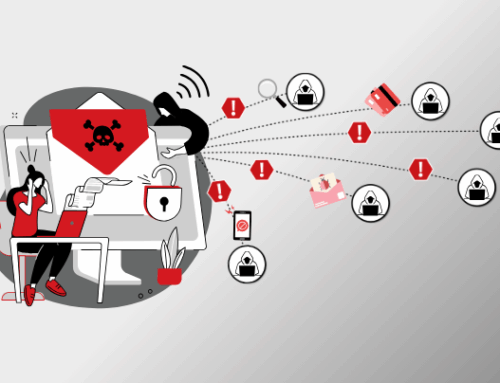
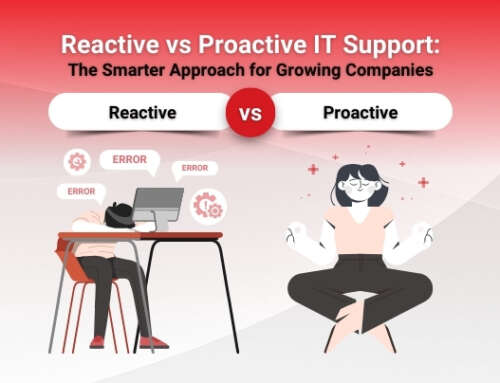

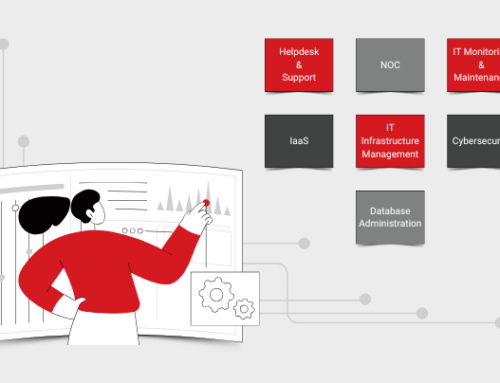
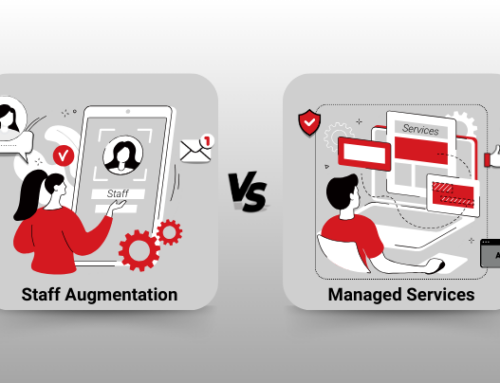
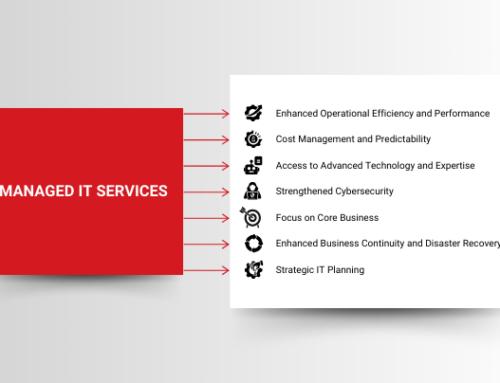


Thanks a lot for this outstanding article. Utilizing HR staffing companies can be extremely beneficial for many companies.
Thanks for sharing such an amazing and informative article,
You’ve written it so well, and you have some really good ideas. This post is outstanding!
Outsourcing is match better especially for startups as it helps entrepreneurs to save money instead of hiring new staffs which may cost a lot to the company
Project Outsourcing is the ideal outsourcing model for businesses that are focused on delivering the desired output no matter what is takes to get the job done. Thanks for comparing it with Staff augmentation and help understand what is more better and beneficial in long run.